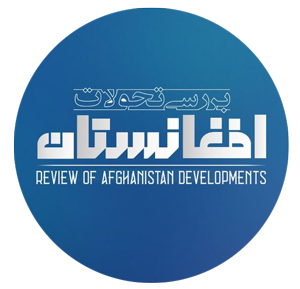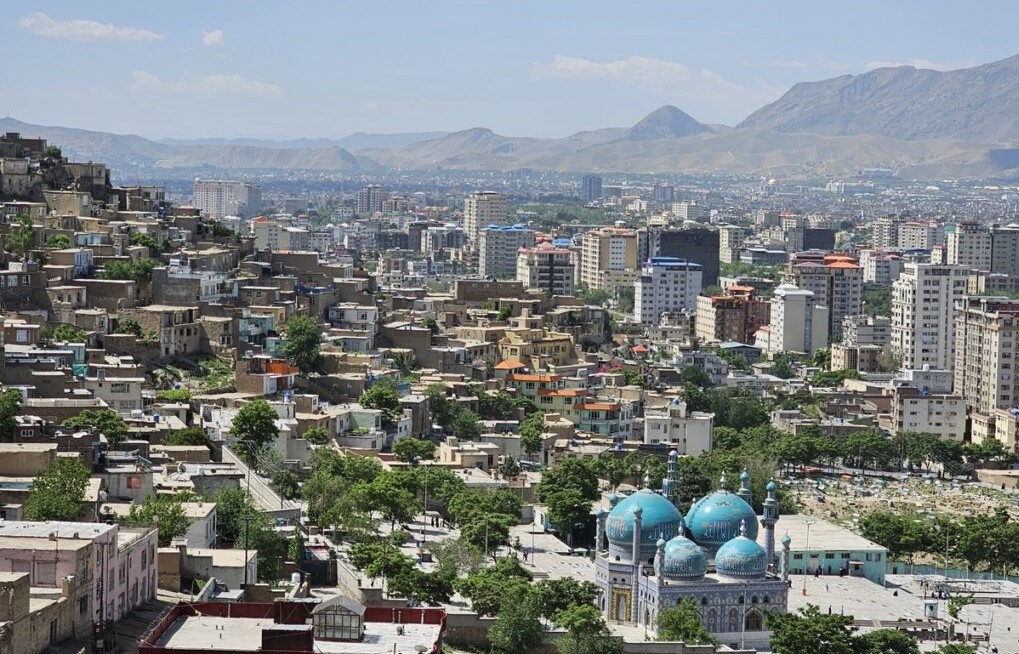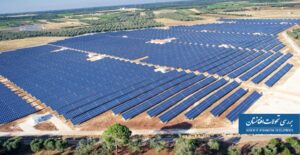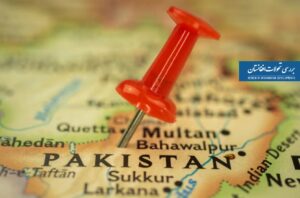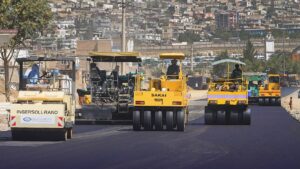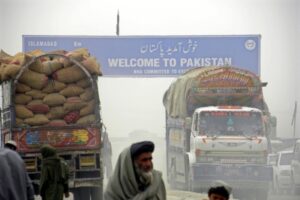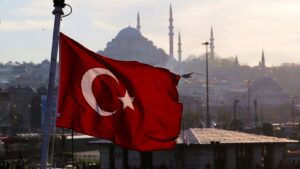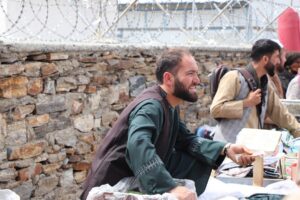Review of Afghanistan developments
Urbanization and urban development represent more than mere demographic or spatial occurrences; they are significant, deep, and transformative forces that, when effectively directed, can contribute substantially to addressing issues such as poverty, inequality, environmental degradation, fragility, and conflict.
Global experience indicates that no nation has attained sustainable economic growth, social advancement, and gender equality without undergoing the process of urbanization. This phenomenon, acting as a cognitive force, alters mindsets in a manner that facilitates innovation, social engagement, and political progress.
As a result of enduring numerous wars and significant political transformations that have profoundly affected its political, social, and economic frameworks for over forty years, Afghanistan has experienced urban development in a unique manner, primarily shaped by three groups: voluntary rural migrants seeking improved job and educational prospects in cities, internally displaced individuals compelled to abandon their homes due to conflicts, and the substantial repatriation of refugees from neighboring nations, specifically Iran and Pakistan.
In the meantime, urban development and public services have failed to keep up with the increasing population. Major cities have drawn in more residents than their infrastructure and service capabilities can accommodate. This unregulated and haphazard growth has resulted in the proliferation of informal settlements and slums, which frequently experience deficiencies in essential services like electricity, water, and sanitation.
Urban development in Afghanistan has emerged primarily due to security issues, social crises, and forced migrations, rather than through natural and planned urban development processes. This scenario has not only led to economic and social difficulties but has also resulted in significant environmental harm, complicating the prospects for sustainable urban development.
Historical context
– Soviet occupation and the beginning of civil wars
Following the Soviet army’s occupation of Afghanistan, the nation was plunged into an extended era of conflict and instability. Cities like Kabul, Kandahar, and Jalalabad, which had once undergone urban renewal and development, gradually transformed into battlegrounds and ruins. The process of urbanization was interrupted, and numerous urban development initiatives were either suspended or entirely obliterated. The Soviet invasion marks a pivotal moment in Afghanistan’s contemporary history, as it triggered a widespread devastation of urban infrastructure. This era was also characterized by a significant wave of migration, resulting in a notable decline in the population of certain urban regions and the abandonment of neighborhoods. The population decline halted investments in housing and public services, leading to a severe downturn in the urban economy.
Following the withdrawal of Soviet troops, intense conflicts erupted among various mujahideen factions, plunging Afghanistan, particularly the city of Kabul, into civil war. Sectarian conflicts and extensive rocket assaults resulted in significant devastation of urban infrastructure, including educational institutions, medical facilities, power networks, and transportation systems. This era signified the onset of a total breakdown of urban order in the capital and other prominent Afghan cities. With the absence of a robust central government and effective judicial and security frameworks, what remained of the prior infrastructure was further obliterated amidst the civil war’s chaos. A notable rise in criminal activities such as homicide and extortion fostered an environment of extreme insecurity, which also deterred investment. Consequently, slums proliferated around major urban centers, and urban development virtually came to a standstill.
– Reconstruction and unbalanced growth
With the establishment of the republic, a surge of optimism for urban reconstruction and development arose in Afghanistan. Major cities, particularly Kabul, swiftly became the center of renovation and reconstruction initiatives, with billions of dollars in international assistance flowing into the nation. Nevertheless, due to the lack of a thorough and coordinated urban policy, pervasive administrative corruption, and ongoing insecurity in numerous provinces, the pursuit of urban development encountered significant obstacles, resulting in most projects being either unfinished or executed in a disjointed fashion.

– The resurgence of the Taliban
Following the Taliban’s resurgence, there has been a significant drop in investment in urban infrastructure, primarily attributed to a steep reduction in international aid, economic seclusion, and the restrictive policies implemented by the new government. Although the Taliban are concentrating on essential infrastructure in certain regions, including the reconstruction of roads, bridges, and water systems, a substantial obstacle to urban development is the influx of refugees returning from Iran and Pakistan, which is intensifying the pressure and accelerating the rate of urban growth.
The consequences of war and instability on urban development
– Formation of informal settlements and slums
In the aftermath of years of war, countless individuals have relocated from rural and war-torn regions to urban centers, which lack the necessary infrastructure and urban planning capabilities to accommodate them. This situation has resulted in the rapid growth of informal settlements and slums on the peripheries of cities, where essential services like clean water, sanitation, electricity, and healthcare are either absent or severely inadequate. Such circumstances have contributed to the rise of diseases, intensified poverty, and undermined social unity in urban environments.
– Natural resource crisis
The absence of thorough urban planning and efficient oversight of urban development has resulted in the disjointed expansion of Afghan cities, particularly in the last few decades. This horizontal growth has frequently occurred without conducting environmental evaluations and assessments of resource capacities, particularly concerning water and land resources, which are facing mounting pressure. Consequently, we are observing crises such as diminishing groundwater levels, energy deficits, the degradation of agricultural lands, and escalating disputes over natural resources.
– Unfair growth
During the course of urban development in Afghanistan, certain regions (near centers of authority) have experienced significant advancement, whereas others have been left entirely neglected. The disproportionate allocation of development resources and investments in Afghanistan has resulted in the emergence of pronounced spatial inequality within urban areas. Regions adjacent to government bodies, international initiatives, or economic hubs have enjoyed enhanced infrastructure and services, while other regions, particularly those on the periphery and in remote urban locales, have been denied even the most fundamental services. This scenario has exacerbated social inequality and fostered a feeling of injustice among city dwellers, jeopardizing social stability.
– Focusing foreign investment on symbolic projects
A considerable portion of international investment, rather than being directed towards sustainable and infrastructural development, was allocated to symbolic and security-focused initiatives, including the building of embassies, military installations, luxury hotels, and office complexes. These endeavors not only did not address the everyday requirements of the populace but also exacerbated the divide between citizens and global institutions. Consequently, a substantial opportunity for the advancement of genuine infrastructure, such as public transportation systems, water supply, sanitation, and affordable housing, was overlooked.
– Destruction of the historical and cultural architecture of many cities
Ongoing conflicts, neglect of cultural heritage, and rampant urban expansion without adequate conservation efforts have resulted in the loss of a significant portion of the precious historical and architectural fabric of Afghan cities. This loss not only endangers the cultural identity of these cities but also diminishes their appeal to tourists, undermines the sense of community, and erodes the symbolic value of urban areas. To safeguard this heritage, it is essential to reassess urban development policies and integrate cultural preservation into development initiatives.
– Lack of local institutions for urban development management
One of the significant structural outcomes of the war has been the deterioration of local institutions, which have become overly dependent on international aid and organizations. Municipalities and local councils frequently operate with limited financial resources, insufficient technical expertise, and a lack of institutional autonomy, resulting in their ineffectiveness in executing urban development initiatives. Consequently, decision-making tends to be influenced by top-down approaches and external interests, rather than being grounded in citizen engagement and genuine urban priorities.
Related Articles:
Domestic violence in Afghanistan and its social effects
The Impact of Afghanistan War on Mental Health
Conclusion
Inefficient and unequal cities
In the absence of thorough planning, Afghan cities have transformed into inefficient and unequal environments. The stark class disparities, the concentration of services in urban centers, and the extreme marginalization are defining characteristics of contemporary Afghan cities. These inequalities perpetuate the cycle of violence and instability. Consequently, four decades of turmoil in Afghanistan, encompassing military occupation, civil wars, and the resurgence of Taliban rule, have profoundly impacted the urban landscape and obliterated opportunities for development. Although cities had the potential to act as catalysts for national progress in economic, social, and cultural domains, they have instead become refuges for those affected by crises and the primary victims of instability.
The consequences of slum expansion, spatial inequality, pressure on natural resources, and the disintegration of urban order have posed significant challenges to the prospect of sustainable development. It is important to note that no development process can occur without political stability, sustainable security, and the active involvement of popular and civil institutions. In recent years, emergency development has taken precedence due to ongoing crises; however, this approach has not succeeded in establishing basic needs and permanent infrastructure in the long run. Looking ahead, the trajectory of urban development in Afghanistan must be founded on scientific, data-driven, and participatory policymaking. Additionally, it should draw from the successful experiences of countries affected by crises while being tailored to the unique cultural and social conditions of Afghanistan.
Strategies like creating an all-encompassing urban plan that involves public engagement, prioritizing infrastructure initiatives, handling internal migration ethically, enhancing environmental infrastructure, addressing spatial disparities, and empowering local organizations can only yield positive results if executed within a clear and locally-rooted framework. In the end, it is only by reimagining the roles of cities and their inhabitants in the development process that we can aspire to construct a sustainable and equitable future within Afghanistan’s urban landscape.
